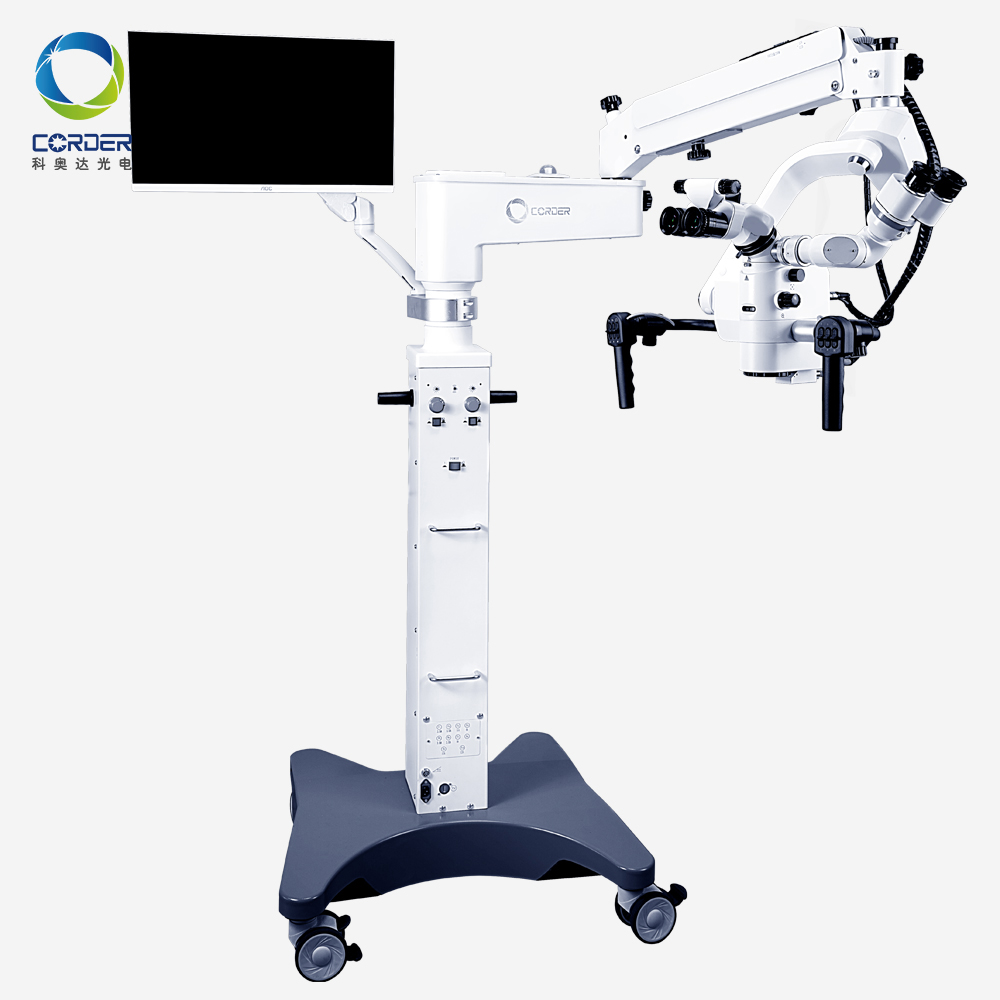Advancements and Maintenance in the Modern Surgical Microscope Industry
The evolution of surgical microscopes has revolutionized precision medicine, enabling clinicians to perform intricate procedures across specialties such as neurosurgery, ENT (ear, nose, and throat), and ophthalmology. These devices, integral to modern operating rooms, combine cutting-edge optics with ergonomic designs to enhance visualization and surgical outcomes. Central to their reliability is the maintenance of operating microscope systems, which ensures longevity and optimal performance.
In neurosurgery, neuro surgical microscope service protocols emphasize regular calibration and cleaning of double aspheric lenses, which minimize optical aberrations and deliver crisp images of deep brain structures. Similarly, surgical microscope for ENT applications relies on advanced illumination systems, including LED fluorescent surgical microscope technology, to enhance contrast during sinus or middle ear procedures. These microscopes often incorporate fundus lenses for wide-field imaging, critical for navigating complex anatomical regions.
The dental endodontic operating microscope has transformed root canal therapies, offering magnification levels that reveal micro-canals and fractures invisible to the naked eye. This precision drives growth in the dental surgical microscope market, particularly as practitioners prioritize minimally invasive techniques. Meanwhile, the demand for refurbished surgical microscope units and operating microscope used for sale reflects cost-conscious healthcare settings seeking high-quality equipment. The trend extends to second hand dental instruments, where refurbished devices undergo rigorous testing to meet clinical standards.
Ophthalmic applications, such as cataract or retinal surgeries, depend on ophthalmic surgical microscope suppliers providing systems with customizable head-mounted surgical microscope options. These designs reduce surgeon fatigue during prolonged procedures. Innovations like Zeiss operating microscope ophthalmology models—though unnamed in practice—exemplify integration with digital imaging and navigation systems, enhancing procedural accuracy.
Globally, pricing dynamics in the global surgical microscope price landscape vary, influenced by technological complexity and regional manufacturing hubs. For instance, China high-end surgical microscope wholesale channels offer competitively priced devices, accelerating adoption in emerging markets. However, maintenance remains a universal challenge. Regular servicing of components like light sources, filters, and microscopios (microscopes in Spanish-speaking regions) ensures consistent performance. In regions with limited resources, refurbished colposcope and microscope systems provide affordable alternatives without compromising functionality.
Technological advancements continue to shape the industry. LED fluorescent surgical microscope systems, for example, reduce heat emission compared to traditional halogen bulbs, minimizing tissue damage during delicate procedures. Meanwhile, ophthalmic instruments manufacturers are integrating augmented reality (AR) overlays into microscopes, offering real-time data during surgeries. The use of double aspheric lenses further refines image clarity, critical for procedures requiring sub-millimeter precision.
Despite these innovations, challenges persist. The reliance on Chinese surgical microscopes in global supply chains underscores the need for stringent quality control, particularly as counterfeit components occasionally infiltrate markets. Additionally, the growing emphasis on sustainability drives interest in refurbished surgical microscope units, aligning with circular economy principles.
In conclusion, the surgical microscope industry thrives on a balance of technological innovation, rigorous maintenance of operating microscope protocols, and adaptive market strategies. From neuro surgical microscope service to the rise of dental surgical microscope market segments, these devices remain indispensable in modern medicine. As advancements in optics, ergonomics, and digital integration continue, the future promises even greater precision, accessibility, and reliability across all surgical disciplines.

Post time: May-06-2025







